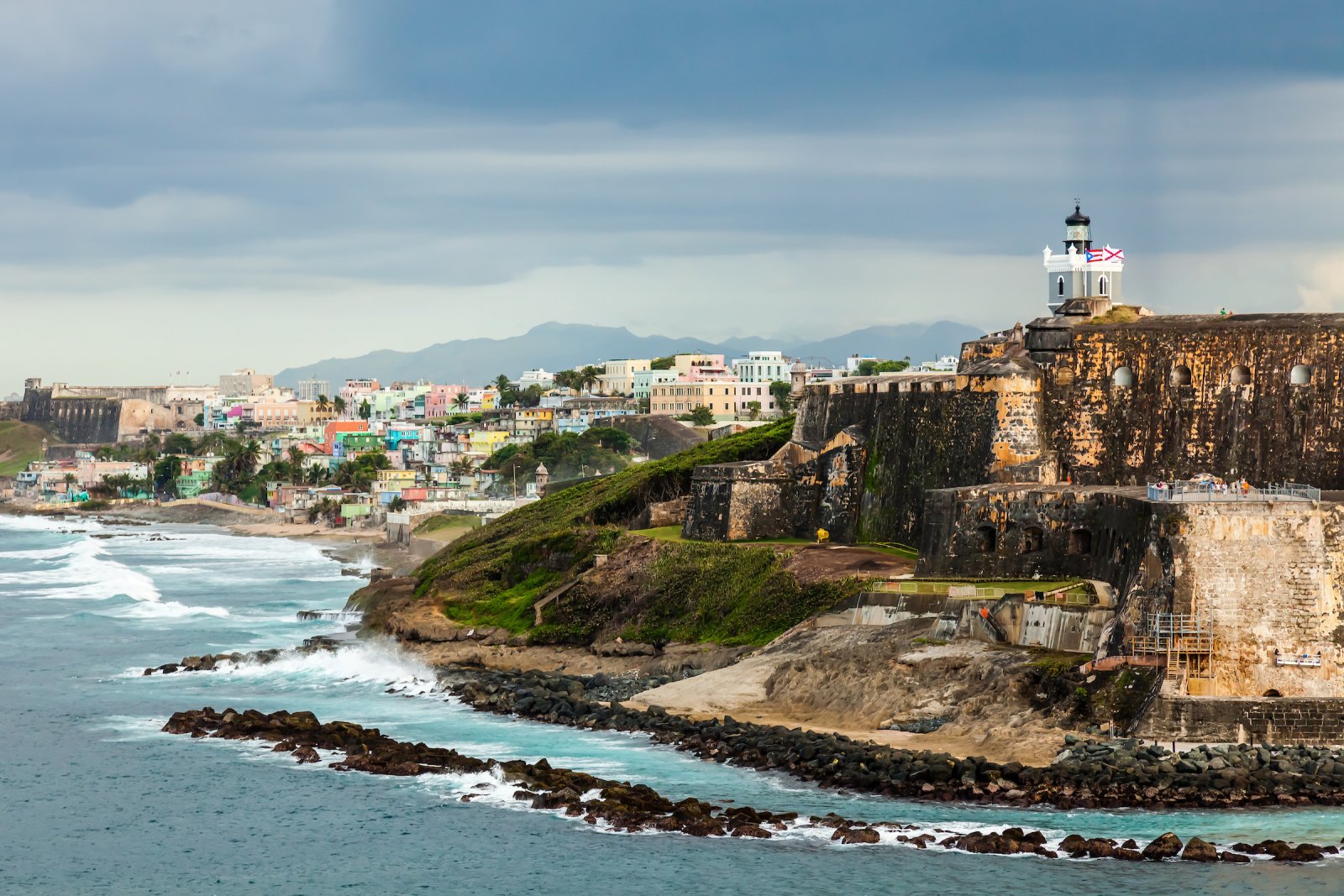
Barely a month before the United States enters World War I, President Woodrow Wilson signs the Jones-Shafroth Act, granting U.S. citizenship to the inhabitants of Puerto Rico.
Located about 1,000 miles southeast of Florida—and less than half that distance from the coast of South America—Puerto Rico was ceded to the U.S. by Spain in December 1898 as part of the Treaty of Paris, which ended the Spanish-American War. In 1900, a Congressional act created a civil government for the island; the first governor under this act, Charles H. Allen, was appointed by President William McKinley and inaugurated that May in Puerto Rico’s capital city, San Juan.
On March 2, 1917, Wilson signed the Jones-Shafroth Act, under which Puerto Rico became a U.S. territory and Puerto Ricans were granted statutory citizenship, meaning that citizenship was granted by an act of Congress and not by the Constitution (thus it was not guaranteed by the Constitution). The act also created a bill of rights for the territory, separated its government into executive, legislative and judicial branches, and declared Puerto Rico’s official language to be English.
As citizens, Puerto Ricans could now join the U.S. Army, but few chose to do so. After Wilson signed a compulsory military service act two months later, however, 20,000 Puerto Ricans were eventually drafted to serve during World War I. Puerto Rican soldiers were sent to guard the Panama Canal, the important waterway, in operation since 1914, which joined the Atlantic and Pacific Ocean across the Isthmus of Panama in Central America. Puerto Rican infantry regiments were also sent to the Western Front, including the 396th Infantry Regiment of Puerto Rico, created in New York City, whose members earned the nickname Harlem Hell Fighters.
Later, during World War II, Puerto Rico became an important military and naval base for the U.S. Army. Its economy continued to grow, aided by a hydroelectric-power expansion program instituted in the 1940s. In 1951, Puerto Rican voters approved by referendum a new U.S. law granting the islanders the right to draft their own constitution. In March 1952, Luis Munoz Marin, Puerto Rico’s governor, proclaimed Puerto Rico a freely associated U.S. commonwealth under the new constitution; the status was made official that July.
It is my sincere desire to provide readers of this site with the best unbiased information available, and a forum where it can be discussed openly, as our Founders intended. But it is not easy nor inexpensive to do so, especially when those who wish to prevent us from making the truth known, attack us without mercy on all fronts on a daily basis. So each time you visit the site, I would ask that you consider the value that you receive and have received from The Burning Platform and the community of which you are a vital part. I can't do it all alone, and I need your help and support to keep it alive. Please consider contributing an amount commensurate to the value that you receive from this site and community, or even by becoming a sustaining supporter through periodic contributions. [Burning Platform LLC - PO Box 1520 Kulpsville, PA 19443] or Paypal
-----------------------------------------------------
To donate via Stripe, click here.
-----------------------------------------------------
Use promo code ILMF2, and save up to 66% on all MyPillow purchases. (The Burning Platform benefits when you use this promo code.)






Always the carrot and the stick.